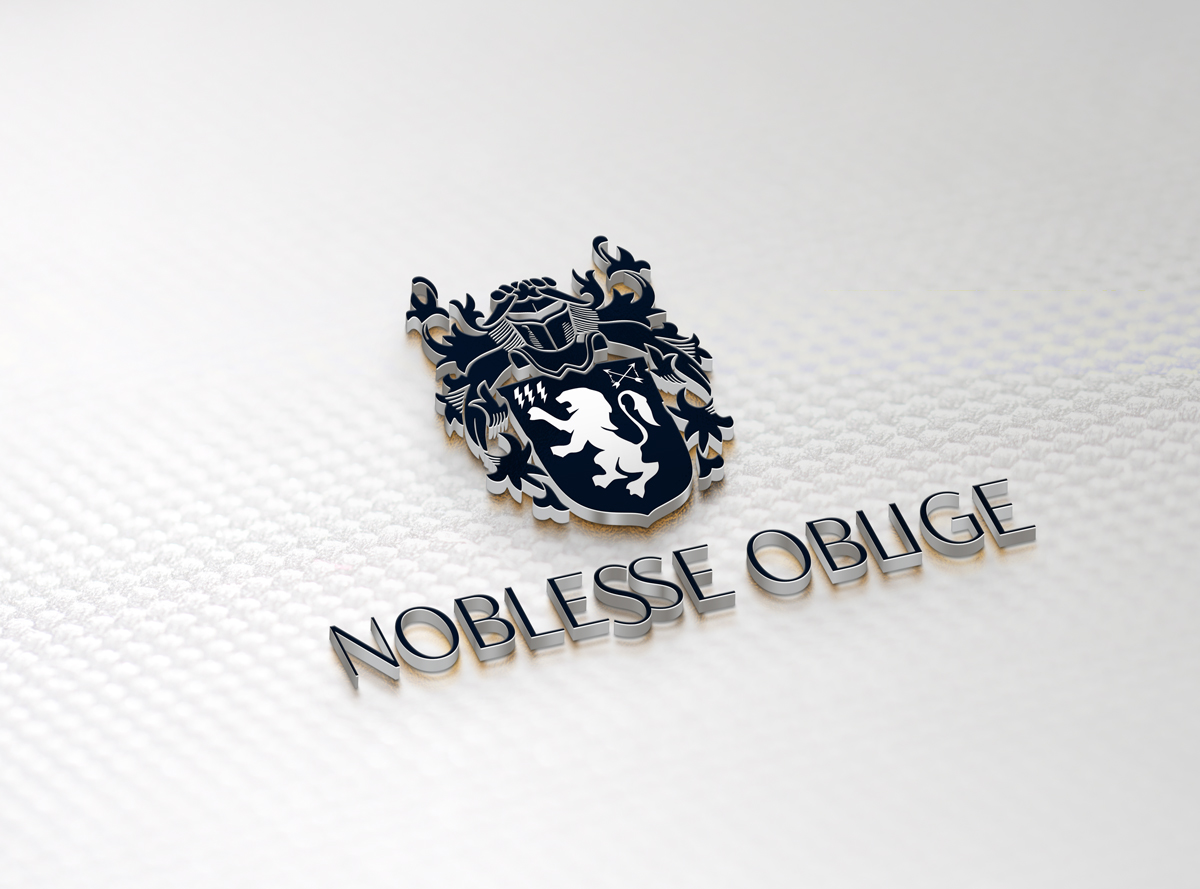Financial Enslavement - a 🧵
1/19
🚨 Did you know the 1688 Glorious Revolution was actually a corporate coup? The Dutch East India Company (VOC) took over the British East India Company (EIC), enslaving the English-speaking world through a system of financial control. #HistoryRevealed #FinancialEnslavement
1/19
🚨 Did you know the 1688 Glorious Revolution was actually a corporate coup? The Dutch East India Company (VOC) took over the British East India Company (EIC), enslaving the English-speaking world through a system of financial control. #HistoryRevealed #FinancialEnslavement
2/19
🏦 The VOC installed a puppet monarchy in England and established the Bank of England in 1694, creating the Financialist Kill Chain—a system of debt, speculation, and economic dependency that still haunts us today. #BankOfEngland #FinancialControl
🏦 The VOC installed a puppet monarchy in England and established the Bank of England in 1694, creating the Financialist Kill Chain—a system of debt, speculation, and economic dependency that still haunts us today. #BankOfEngland #FinancialControl

3/19
📜 The Financialist Kill Chain works through:
Debt creation
Speculation
Economic dependency
Resource extraction
Cultural homogenization
This system has hollowed out economies and eroded sovereignty for centuries. #EconomicSlavery
📜 The Financialist Kill Chain works through:
Debt creation
Speculation
Economic dependency
Resource extraction
Cultural homogenization
This system has hollowed out economies and eroded sovereignty for centuries. #EconomicSlavery
4/19
🇺🇸 But there's hope! Under Donald Trump, the U.S. is fighting back to break free from this 300-year-old grip. Here are 7 ways he's doing it: #AmericaFirst #Sovereignty
🇺🇸 But there's hope! Under Donald Trump, the U.S. is fighting back to break free from this 300-year-old grip. Here are 7 ways he's doing it: #AmericaFirst #Sovereignty
5/19
1️⃣ Monetary Policy Reform: Trump challenged the Federal Reserve, aiming to regain national control over the economy and break free from global financial cartels. #EndTheFed #MonetaryReform
1️⃣ Monetary Policy Reform: Trump challenged the Federal Reserve, aiming to regain national control over the economy and break free from global financial cartels. #EndTheFed #MonetaryReform
6/19
2️⃣ Sovereign Trade Agreements: By prioritizing bilateral deals over multilateral ones like TPP, Trump reclaimed economic decision-making from supranational bodies. #TradeWars #EconomicIndependence
2️⃣ Sovereign Trade Agreements: By prioritizing bilateral deals over multilateral ones like TPP, Trump reclaimed economic decision-making from supranational bodies. #TradeWars #EconomicIndependence
7/19
3️⃣ Resource Nationalism: Deregulating fossil fuels and exiting the Paris Agreement, Trump asserted U.S. control over its resources, rejecting global governance. #EnergyIndependence #ResourceControl
3️⃣ Resource Nationalism: Deregulating fossil fuels and exiting the Paris Agreement, Trump asserted U.S. control over its resources, rejecting global governance. #EnergyIndependence #ResourceControl
8/19
4️⃣ Strategic Military Autonomy: By demanding NATO allies pay more and reassessing U.S. military commitments, Trump reduced America's role as the global enforcer for corporate interests. #MilitarySovereignty #NATO
4️⃣ Strategic Military Autonomy: By demanding NATO allies pay more and reassessing U.S. military commitments, Trump reduced America's role as the global enforcer for corporate interests. #MilitarySovereignty #NATO
9/19
5️⃣ Information Warfare: Trump's "fake news" critique and use of social media disrupted the media monopoly that perpetuates VOC narratives. #MediaBias #InformationFreedom
5️⃣ Information Warfare: Trump's "fake news" critique and use of social media disrupted the media monopoly that perpetuates VOC narratives. #MediaBias #InformationFreedom
10/19
6️⃣ Legal Sovereignty: Appointing constitutionalist judges, Trump insulated the U.S. from international legal frameworks that enforce corporate control. #JudicialReform #LegalIndependence
6️⃣ Legal Sovereignty: Appointing constitutionalist judges, Trump insulated the U.S. from international legal frameworks that enforce corporate control. #JudicialReform #LegalIndependence
11/19
7️⃣ Cultural Reassertion: Promoting American exceptionalism, Trump countered globalist cultural homogenization, strengthening national identity. #CulturalSovereignty #AmericanValues
7️⃣ Cultural Reassertion: Promoting American exceptionalism, Trump countered globalist cultural homogenization, strengthening national identity. #CulturalSovereignty #AmericanValues
12/19
🌍 These strategies are part of a larger movement to reverse the 1688 takeover and free the English-speaking peoples from financial enslavement. #GlobalAwakening #SovereigntyMovement
🌍 These strategies are part of a larger movement to reverse the 1688 takeover and free the English-speaking peoples from financial enslavement. #GlobalAwakening #SovereigntyMovement
13/19
💡 The U.S. is leading the charge, but this fight is for all English-speaking nations. It's about reclaiming economic, military, informational, and cultural independence. #EnglishCivilization #Freedom
💡 The U.S. is leading the charge, but this fight is for all English-speaking nations. It's about reclaiming economic, military, informational, and cultural independence. #EnglishCivilization #Freedom
14/19
🔗 The Financialist Kill Chain has enslaved us for too long. It's time to break free from debt, speculation, and dependency. Trump's efforts are a start, but the battle continues. #BreakTheChains #EconomicFreedom
🔗 The Financialist Kill Chain has enslaved us for too long. It's time to break free from debt, speculation, and dependency. Trump's efforts are a start, but the battle continues. #BreakTheChains #EconomicFreedom
15/19
🔔 This is just the beginning. Stay tuned for more on how we can reclaim our sovereignty and build a future free from corporate control. #StayWoke #FightForFreedom
🔔 This is just the beginning. Stay tuned for more on how we can reclaim our sovereignty and build a future free from corporate control. #StayWoke #FightForFreedom
• • •
Missing some Tweet in this thread? You can try to
force a refresh











